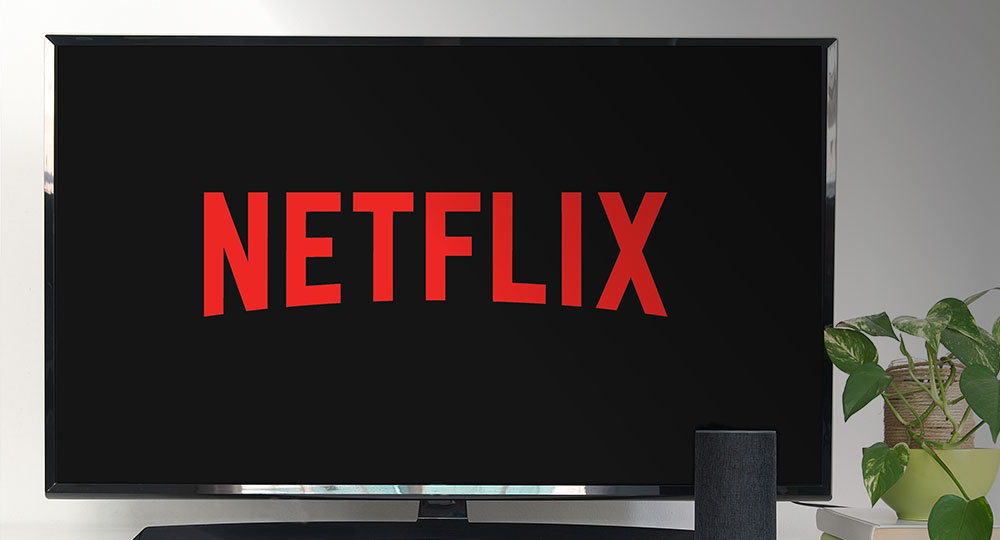Dear Mr. Hastings and Mr. Sarandos:
As a member of the marketing community, I’m excited to hear that you are planning to introduce advertising to your platform later this year. I can confidently say that marketers will be lining up to spend money with your service as soon as they can.
While I’m confident that Netflix will be able to build a successful ad business, I hope you aim much higher. Having completely revolutionized the TV viewing experience, you have the opportunity to do the same for advertising.
Because we need help. Your TV competitors have been touting their experience in this field, along with their newfound sense of restraint and respect for the consumer experience. But if you have spent any time on an ad-supported CTV service lately, you know they are falling short. By a lot.
In fact, the entire medium is falling short of its potential, which is why I’m concerned when I hear that your team is considering “outsourcing” advertising. If that means plugging in the same tech that’s being used to hammer consumers over the head with the same ads again and again, I say: “Stay away!”
Instead, Netflix should aspire to create the best CTV ad experience in the industry. Here’s how you can do it:
Recognize That Sometimes Less Isn’t More
Nearly every media company is boasting that their streaming service has reduced their ad load in the neighborhood of four to five minutes per hour. While this is certainly better than the 20-plus minutes of commercial time common to basic cable, the big media giants have been too quick to pat themselves on the back. Because as it stands now, the blunt, repetitive delivery of CTV ads doesn’t feel the least bit “reduced.” Nor does it mesh with the consumer-in-control nature of the medium. Remember, there is a big difference between buying volume and being effective.
The thing is, we may be overestimating how much ad load matters to viewers. Certainly people don’t want to feel bombarded with interruptions. But recent Infillion research found viewers to be largely indifferent to ad length, and far more willing to give up time to entertaining or relevant ads than you might expect. In fact, 50% of consumers told us they see tailored ads as good or helpful—as long as these ads match their interest.
Use Your Algorithm to Give People Choices
CTV was supposed to be about delivering the perfect ad to the right viewer at the right time. Technologically we’re still miles away from that. In the meantime, existing tech should be used to optimize consumer choice. There are many ways to enable such a choice of course. For instance, our research found that 57% of consumers said they would click to switch to a different ad if that were an option. And 43% of consumers said they’d even opt to save an ad to watch it later. This is where your expertise in user interface and data mining could really pay off.
Indeed, there are many ways that Netflix’s recommendation engine and global data base could be used, not only to deliver more relevant ads, but also to offer unique ad treatments that put consumers in the driver’s seat. The great thing about Netflix is that you control your entire ecosystem—and don’t have to rely on TV station groups and outside vendors to make things work.
Figure out How to Balance Privacy and Serving Consumers
The digital ad world is going through a reboot in terms of how we target consumers. And companies across the ecosystem have become uber-cautious about how they employ customer data. However, in our research we’ve found that privacy resonates strongly for some people and not so much for others. Generally speaking, consumers are willing to share information with brands in exchange for relevant or useful experiences—Infillion research found that 60% of consumers feel the benefits of sharing data are equal to or greater than the risks. This insight can surely be applied to CTV ads—and Netflix has earned enough consumer trust to do it right.
Engage the Creative Community
As CTV has exploded, one group has been conspicuously absent from the party, even though joining in would be a great benefit for them: chief creative officers. What we’ve seen so far is that the more addressable TV became, the more it was treated like direct mail—instead of one of the world’s most engaging creative canvases. Top creative talent’s reputation for making culturally defining TV spots has been fading in the ad world—CTV’s growth offers a chance for these artists to reclaim their power.
However, instead of just making more 30-second ads, creative leaders should play a role in building the next wave of standard-yet-standout formats. Reed, Ted, you have connections in Hollywood and New York. It’s time to tap into this under-appreciated asset.
Anyway, thank you so much for your time and attention. As you both know, those are perhaps the world’s most precious, and finite commodities. Here’s hoping that the fast-evolving—and still revolutionary—streaming industry doesn’t forget that.
Sincerely
Laurel Rossi
Chief Marketing Officer
Infillion

